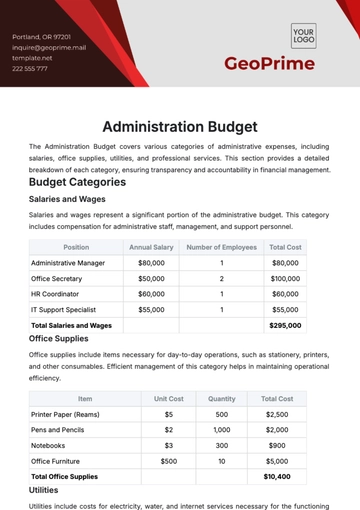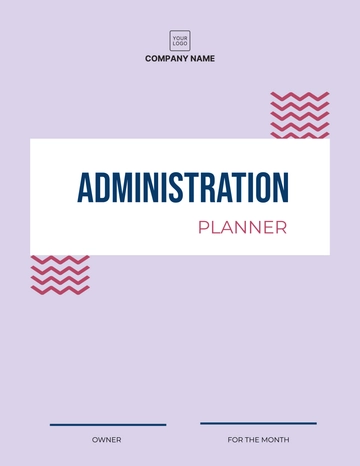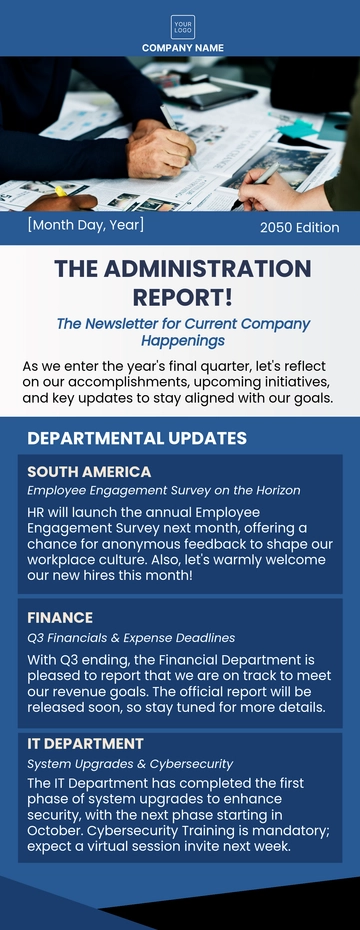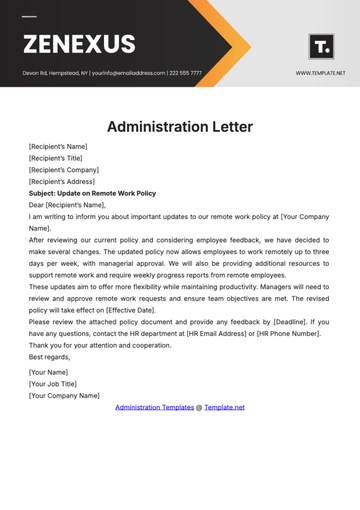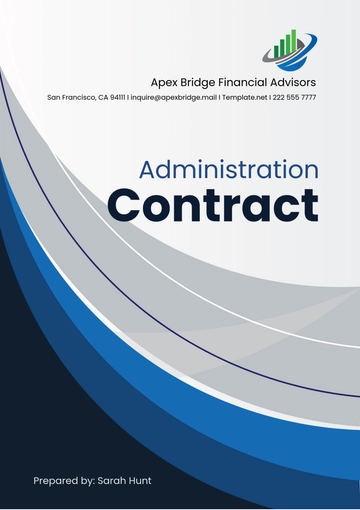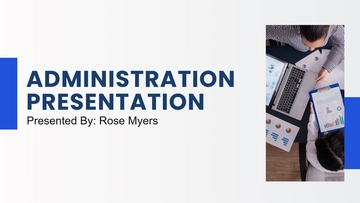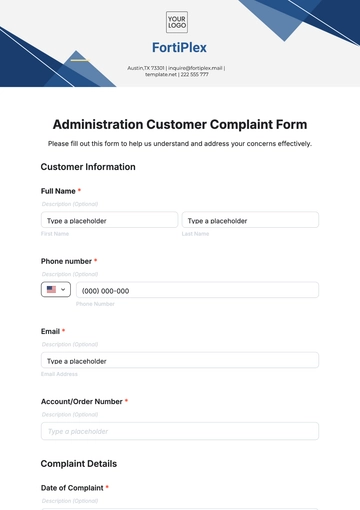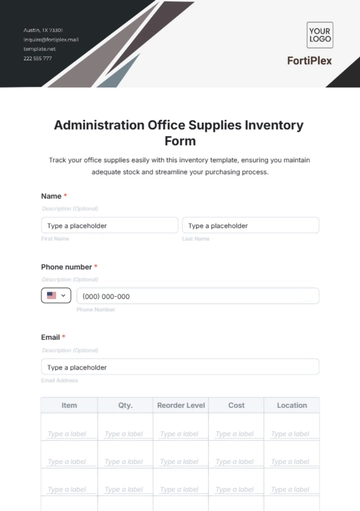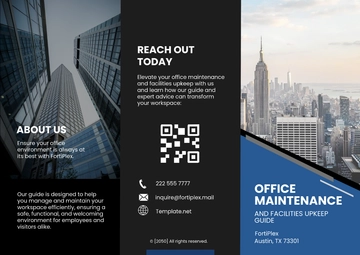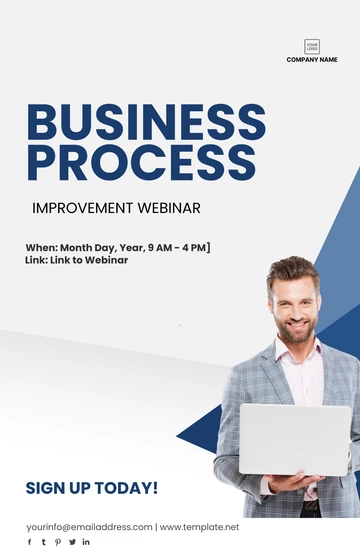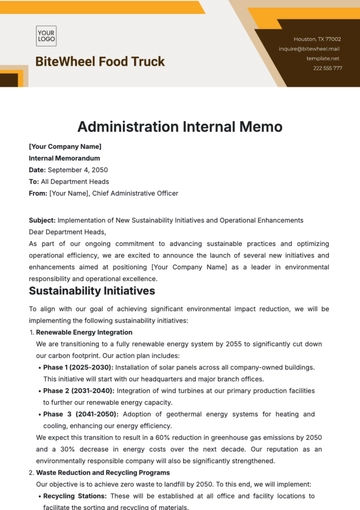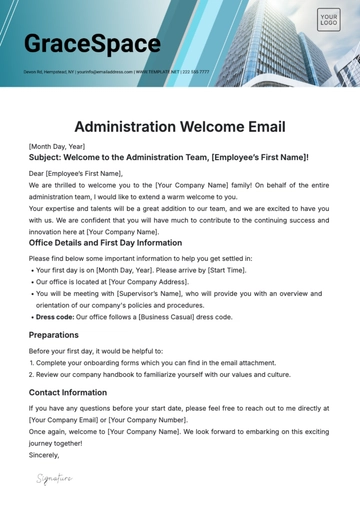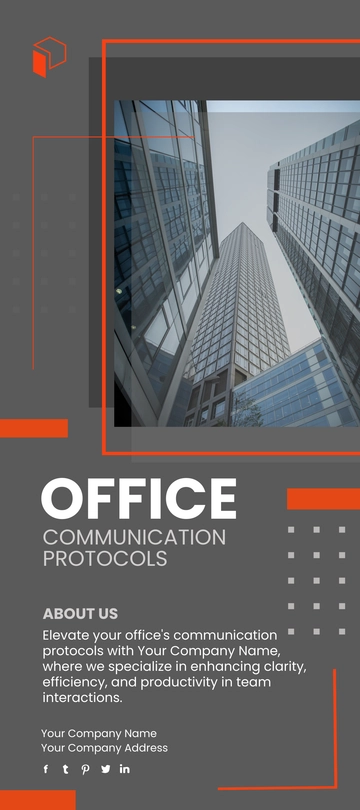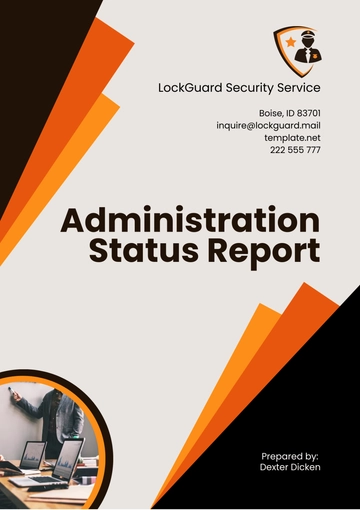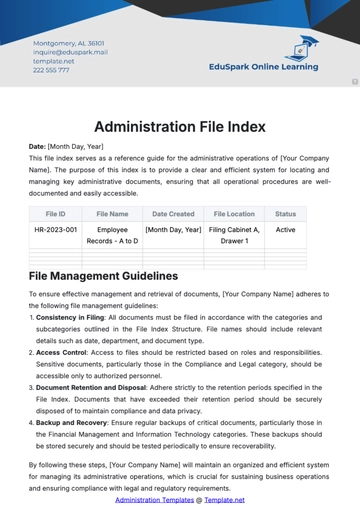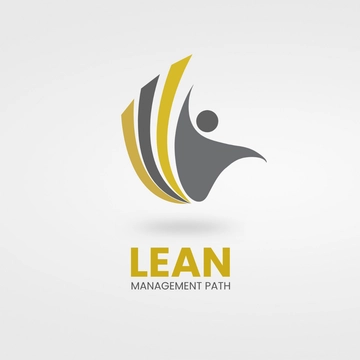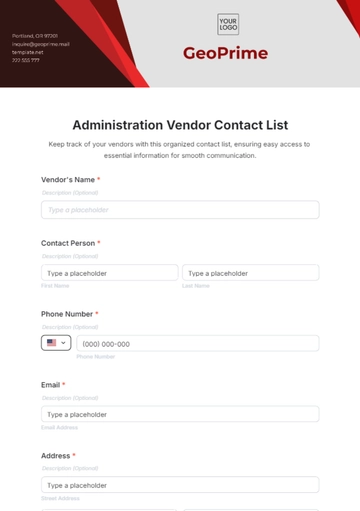Free Administration Document Management Case Study
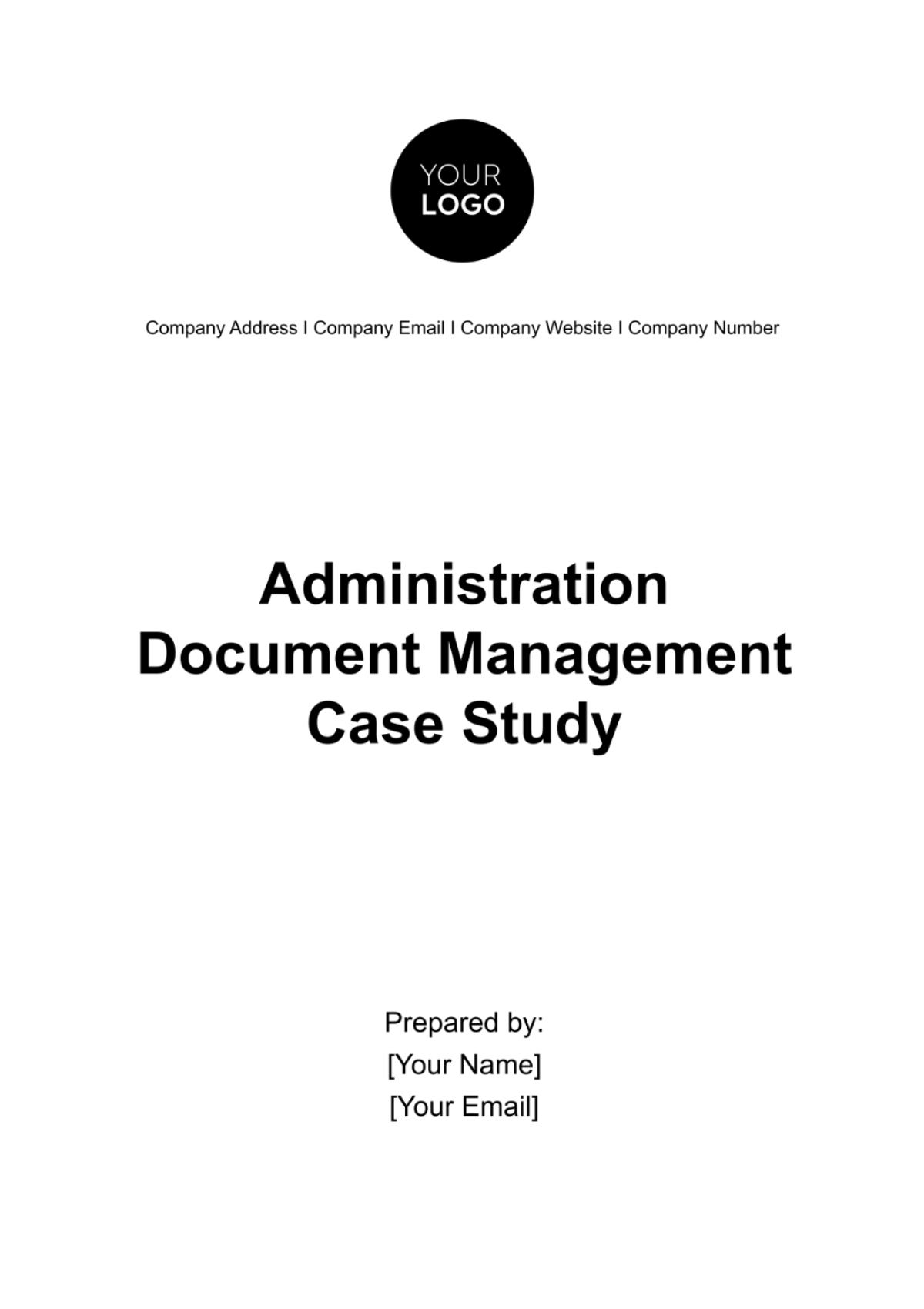
Purpose of Case Study
The purpose of this case study is to showcase our journey towards addressing and overcoming significant document management challenges within our organization. By implementing a comprehensive document management system, we aimed to enhance operational efficiency, ensure compliance with regulatory standards, and improve document security and accessibility. This case study outlines the specific challenges we faced, the solutions we adopted, and the outcomes of our efforts, serving as a valuable resource for similar organizations seeking to optimize their document management practices.
Document Management Challenges
Our organization encountered several critical challenges in managing documents effectively, which impeded our operational efficiency and compliance processes. These challenges included:
Inefficient Document Retrieval: Our previous system lacked efficient search capabilities, leading to significant delays in retrieving important documents. This inefficiency impacted decision-making processes and slowed down our response to client inquiries and regulatory requests. Employees often had to spend excessive time manually searching for documents, reducing productivity and increasing frustration.
Poor Version Control: We struggled with maintaining up-to-date versions of documents. Multiple versions of the same document were stored in various locations, causing confusion over which was the most current. This lack of version control led to errors in document processing, inconsistencies in data, and potential compliance risks, as outdated or incorrect documents were sometimes used in operational processes.
Security Vulnerabilities: Our document storage and management practices exposed us to security vulnerabilities, including unauthorized access and potential data breaches. Sensitive documents were not adequately protected, and there was a lack of control over who could view or edit documents. This not only posed a risk to our data security but also threatened compliance with industry regulations requiring strict data protection measures.
Solution Implementation
Recognizing the critical need to overcome our document management challenges, we embarked on a comprehensive process to implement a new document management system (DMS). This initiative was driven by the goal to streamline document handling, enhance document security, and ensure regulatory compliance. The implementation process was meticulously planned and executed, involving thorough research, selection, and integration phases to ensure the new system met our specific needs effectively.
Selection Process
The selection of the new document management system was a rigorous process, involving stakeholders from various departments to ensure the chosen solution would meet the diverse needs of our organization. We established a set of criteria to evaluate potential systems:
Ease of Use: The system must have an intuitive interface to ensure quick user adoption and minimal training requirements.
Advanced Search Capabilities: It should offer robust search functionalities to allow for quick document retrieval.
Version Control: The system must provide efficient version control to keep track of document changes and ensure that only the latest versions are accessible.
Security Features: Strong security measures are required to protect sensitive information and ensure compliance with data protection regulations.
Scalability: The solution must be scalable to accommodate our organization's growth and the increasing volume of documents.
Integration Capabilities: It should easily integrate with our existing systems and software to maintain workflow continuity.
These criteria guided our evaluation process, ensuring that we selected a system that was not only technically capable but also aligned with our operational workflows and long-term strategic goals.
System Description
After a comprehensive evaluation process, we selected a document management system that stood out for its superior functionality and alignment with our criteria. Key features of the system include:
Advanced Search Functionality: Enabling users to quickly find documents using various filters and keywords.
Automated Version Control: Automatically updating documents to the latest version and maintaining an audit trail of revisions.
Robust Security Protocols: Offering encryption, access controls, and audit logs to safeguard sensitive information.
Seamless Integration: Compatibility with existing software platforms for smooth workflow integration.
The system's capabilities are extensive, supporting document indexing, archiving, and retrieval processes, which significantly improves operational efficiency. It also facilitates regulatory compliance through meticulous document tracking and security measures.
Implementation Process
The implementation of our new document management system was a strategic process that involved multiple stages to ensure a smooth transition and effective adoption across the organization. Our approach was methodical, prioritizing minimal disruption to daily operations while maximizing the system's impact on our document management practices.
Preparation and Planning: We began with a detailed planning phase, outlining the project scope, objectives, and timelines. This included identifying key stakeholders, assessing current document management practices, and defining the desired outcomes of the new system.
System Customization and Integration: The selected document management system was customized to fit our specific needs. This involved configuring the system's settings, security protocols, and integration with existing software and databases to ensure seamless operation.
Data Migration: Critical documents and data were migrated to the new system. This process was carefully managed to ensure data integrity and accuracy, with rigorous testing to identify and correct any issues.
Training and Support: Comprehensive training sessions were conducted to familiarize employees with the new system. Training materials and support resources were provided to ensure users felt confident in using the system effectively.
Go-Live and Monitoring: The system officially went live after successful testing and user training. We closely monitored the system's performance, user adoption rates, and feedback to make necessary adjustments and provide additional support as needed.
Ongoing Review and Optimization: Post-implementation, we established a routine review process to assess the system's performance and identify opportunities for further optimization to enhance document management practices continually.
Immediate Outcomes
Following the implementation of the new document management system, we observed noticeable improvements in efficiency, security, and compliance. The table below highlights the before and after figures, demonstrating the impact of the new system:
Metric | Before Implementation | After Implementation |
Document Retrieval Time (avg.) | 15 minutes | 3 minutes |
Document Loss Incidents | 5 incidents/month | 0 incidents |
Compliance Audit Failures | 3 failures/year | 0 failures |
User Satisfaction Rate | 70% | 95% |
Analysis of the figures clearly shows the significant improvements brought about by the new document management system. The reduction in document retrieval time demonstrates a substantial increase in operational efficiency, allowing staff to focus on core tasks rather than spending time searching for documents. The elimination of document loss incidents underscores the system's impact on improving document security and reducing operational risks. Furthermore, the absence of compliance audit failures since the implementation highlights the system's effectiveness in ensuring regulatory compliance. Finally, the increase in user satisfaction rates reflects the positive reception of the system by our employees, indicating that the new system not only meets but exceeds their expectations in managing documents more efficiently and securely. Overall, these improvements have had a profound impact on our organization's document management practices, enhancing productivity, security, and compliance.
Long-Term Benefits
The implementation of our new document management system has not only addressed immediate challenges but is also projected to deliver significant long-term benefits. These benefits are anticipated to have a profound impact on our operational efficiency, cost savings, and overall organizational agility.
Metric | Estimated Improvement |
Annual Cost Savings | $200,000 |
Reduction in Paper Usage | 60% |
Increase in Operational Efficiency | 40% |
Reduction in Compliance-related Costs | 75% |
Improvement in Employee Productivity | 30% |
The estimated annual cost savings of $200,000 highlight the financial impact of the new document management system, primarily through reduced paper usage, streamlined processes, and minimized risk of compliance-related penalties. A 60% reduction in paper usage not only contributes to cost savings but also aligns with our sustainability goals. The 40% increase in operational efficiency and 30% improvement in employee productivity reflect the system's effectiveness in optimizing workflows and enabling staff to focus on high-value tasks. Additionally, a 75% reduction in compliance-related costs underscores the system's role in ensuring regulatory adherence, thus avoiding fines and enhancing our reputation. These figures collectively demonstrate the system's significant return on investment and its contribution to our long-term strategic objectives.
User Adoption and Feedback
Following the rollout of the new document management system, we conducted a comprehensive feedback survey to gauge user adoption and satisfaction. The results underscored a positive reception and highlighted areas for future enhancement.
Theme | Percentage Score |
Ease of Use | 90% |
System Performance | 85% |
Support and Training | 88% |
Improvement in Daily Tasks | 92% |
Overall Satisfaction | 95% |
Analysis of the feedback reveals that 90% of users found the system easy to use, indicating that the interface and functionalities of the system are well-designed and intuitive. The 85% score for system performance suggests that users are experiencing the benefits of improved document management capabilities with minimal issues. The positive feedback on support and training (88%) highlights the effectiveness of our implementation strategy, particularly in educating users and providing ongoing assistance. A remarkable 92% of users reported improvements in their daily tasks, reinforcing the system's impact on operational efficiency. Lastly, an overall satisfaction score of 95% reflects the successful adoption of the system across the organization. These insights affirm the system's value to our employees and the organization, and they provide a solid foundation for ongoing improvement and optimization.
Challenges Encountered
Despite careful planning and execution, our journey towards implementing the new document management system was not without its challenges. Addressing these obstacles was crucial for the success of the project and offered valuable lessons for future initiatives.
User Resistance to Change
A significant challenge we encountered was resistance from some employees who were accustomed to the old ways of managing documents. This resistance stemmed from apprehensions about learning a new system and concerns over the transition period.
We addressed this challenge by implementing a comprehensive change management strategy, including detailed training sessions, one-on-one support, and open forums for employees to express their concerns and ask questions. This approach helped in gradually reducing resistance and fostering a positive attitude towards the new system.
Data Migration Complexities
The process of migrating documents from the old system to the new one proved to be more complex than anticipated, with issues related to data compatibility and loss of critical information during the transfer.
To mitigate these issues, we employed a phased migration approach, starting with less critical data to refine the process. We also engaged with the system vendor for specialized support in handling complex data sets. This careful, step-by-step process ensured a smoother transition and integrity of data throughout the migration.
Recommendations
Based on our experiences, we have identified several recommendations to enhance the effectiveness of future document management system implementations.
Invest in User Training and Support: Ensure ample resources are dedicated to training and supporting users before, during, and after the implementation. Continuous education and support are key to overcoming resistance and ensuring a smooth transition.
Conduct Thorough Pre-Implementation Testing: Rigorous testing of the new system with a variety of data types and user scenarios can help identify and address potential issues before going live.
Engage Users in the Selection Process: Involving potential system users in the selection and testing phases can provide valuable insights into user needs and preferences, leading to better adoption and satisfaction.
Plan for Data Migration Challenges: Allocate sufficient time and resources for the data migration process, considering the complexities and potential issues that may arise. Employing a phased approach can help manage risks effectively.
Monitor and Adapt Post-Implementation: Continuous monitoring of the system's performance and user feedback post-implementation is crucial. Be prepared to make adjustments and improvements based on real-world usage and feedback.
- 100% Customizable, free editor
- Access 1 Million+ Templates, photo’s & graphics
- Download or share as a template
- Click and replace photos, graphics, text, backgrounds
- Resize, crop, AI write & more
- Access advanced editor
Discover the Administration Document Management Case Study Template on Template.net. This editable and customizable template is crafted to showcase the impact of efficient document management strategies within administrative settings. Editable in our AI Editor tool, it enables detailed customization for thorough analysis. Ideal for illustrating best practices and lessons learned in document management.


